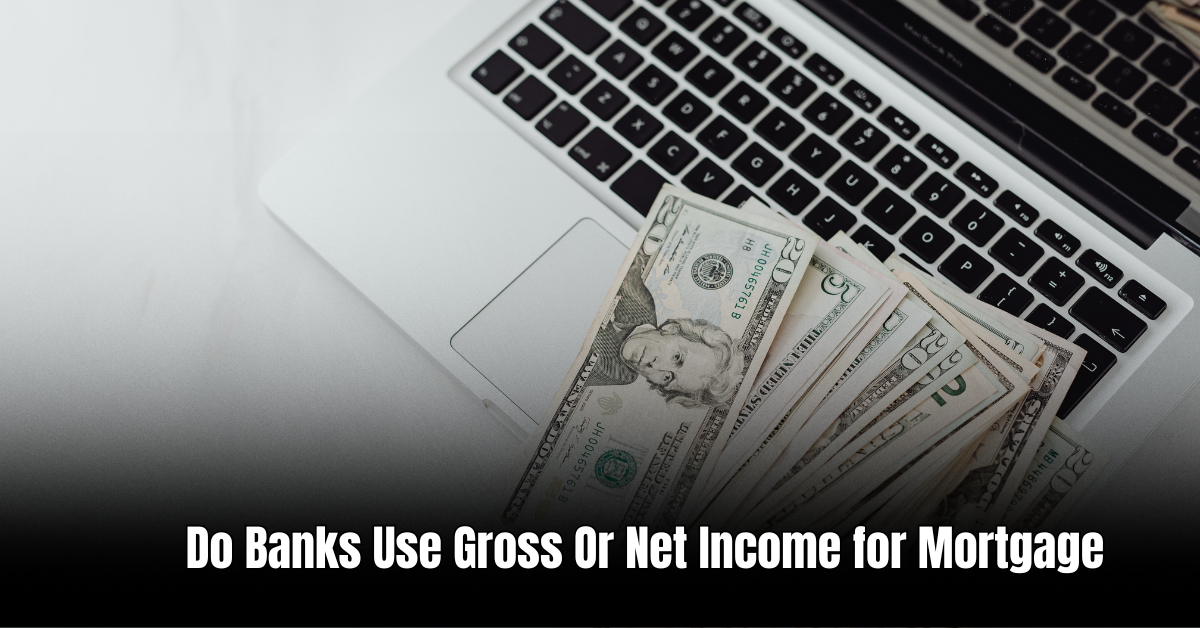When it comes to financial obligations, one might wonder whether a mortgage payable is classified as a current liability. Understanding the different types of liabilities and their classifications is crucial for financial planning and accounting purposes.
A mortgage payable represents the amount of money owed for a mortgage loan. It is a long-term liability that is typically paid off for 15 to 30 years. However, despite its long-term nature, a mortgage payable is not considered a current liability.
| Liability Type | Classification |
|---|---|
| Current Liability | Short-term obligations, to be settled within one year |
| Long-term Liability | Obligations extending beyond one year |
Current liabilities, as the name suggests, are obligations that need to be settled within a year from the balance sheet date. These typically include items such as accounts payable, accrued expenses, and short-term loans. They are classified as current liabilities because they are expected to be paid using current assets or through the creation of other current liabilities.
On the other hand, long-term liabilities are obligations that extend beyond the next twelve months. These include items like long-term loans, bonds payable, and deferred tax liabilities. They are not expected to be settled within a year and are thus classified as long-term liabilities.
A mortgage payable falls under the category of long-term liabilities. It represents a legal agreement to repay a loan over an extended period, typically with monthly payments. These payments are usually spread out over several years, allowing the borrower to budget and plan for manageable repayments.
It’s important to note that the classification of liabilities depends on the specific terms and conditions of the mortgage. If the mortgage includes a balloon payment, which is a large sum due at the end of the loan term, the portion due within the next year would be classified as a current liability. However, this is not the case for most standard mortgages.
From an accounting standpoint, mortgages payable are typically recorded as long-term liabilities on a company’s balance sheet. This helps provide a clear representation of the company’s financial obligations over an extended period.
Moreover, the payments made towards a mortgage payable are usually categorized in the income statement as a combination of principal and interest. The principal part of the payment reduces the balance of the mortgage payable on the balance sheet, while the interest portion is recognized as an expense in the income statement.
In conclusion, a mortgage payable is not considered a current liability. Instead, it falls under the category of long-term liabilities. It is important to accurately classify liabilities to maintain clear financial records and make informed financial decisions.
Frequently Asked Questions For Is Mortgage Payable A Current Liability: Understanding Your Financial Commitments
Is Mortgage Payable A Current Liability?
Mortgage payable is typically classified as a long-term liability since it is a loan that is expected to be repaid over more than one year.
How Does Mortgage Payable Affect A Company’s Financial Statements?
Mortgage payable affects a company’s financial statements by increasing its long-term liabilities on the balance sheet and by incurring interest expense on the income statement.
Can Mortgage Payable Become A Current Liability?
In certain cases, if a portion of the mortgage payable falls due within one year, it may be reclassified as a current liability on the balance sheet.
What Are The Implications Of Mortgage Payable Becoming A Current Liability?
If the mortgage payable becomes a current liability, it means that the company needs to repay the loan within one year, which can impact its short-term liquidity and financial obligations.
Ismail Hossain is the founder of Law Advised. He is an Divorce, Separation, marriage lawyer. Follow him.




Leave a Reply